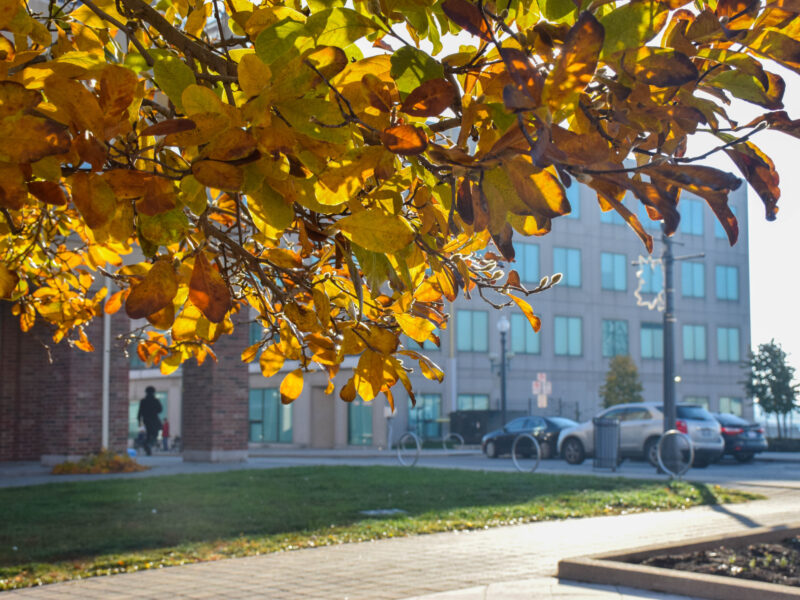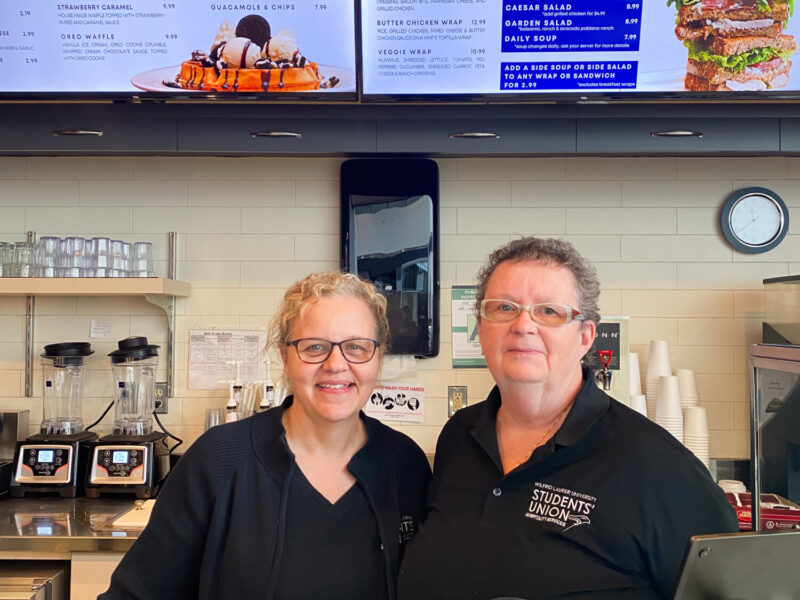On Wed. Feb. 28, Lspirg Brantford hosted a workshop called, “Why We Need to Resist Pipelines.” This workshop was facilitated by Jaydene Lavallie, Volunteer and Community Engagement Director for Lspirg who shared why people should be resisting pipelines and how they can go about it.
Canada is the world’s fifth largest oil producer and about 40% of this oil comes from the Alberta Tar Sands. The Tar Sands are a huge field of clay, sand, and bitumen (a heavy, thick oil) mixed together underneath the Earth’s surface. The Tar Sands lie under 140,000 km of forest in Northern Alberta. In 2008, Environmental Defence released a study that named the Tar Sands as the most environmentally destructive project on Earth.
“This basically means we are a huge player in fossil fuel driven climate change globally,” said Jaydene. “And it means that the people who live here have a responsibility to take action against our local government and our state government to stop these projects from happening.”
Bitumen is a difficult oil to extract and refine and it used to be too expensive to do it. However, with the price of oil increasing, it has now become cost effective to mine this type of oil. Only 6% of the oil can be removed from the surface of the Tar Sands and this process requires scraping the Earth’s surface, destroying the wildlife above to get to the oil below. The rest has to be pumped out of the ground.
Companies have to dilute bitumen using chemicals in order to ship it through pipelines. When the oil spills, however, the bitumen separates from the diluents and sinks to the bottom of waterways. This makes it much harder to clean up than traditional oil that typically floats on the top of the water. Enbridge is a major pipeline company in Canada and their pipelines spill once every 5 days.
Even without spilling, extracting oil uses immense amounts of water. The Tar Sands project uses about 370 million cubic litres of water a year which adds up to 23,465 bottles of water being used per second. They are granted this water for free and 90% of this water is too poisonous to restore afterwards.
Another concern with oil pipelines is the fact that they often run through Indigenous territory, often without the consent of Indigenous peoples. Indigenous people currently own 0.2% of all land in Canada and are often at the forefront of resistance movements against destructive environmental projects.
In Canadian legislation, it says the Crown has a duty to consult with Indigenous peoples about projects that run through their land but in a case brought before the Supreme Court, three years ago, the Court ruled that the Crown has a duty to consult but not to gain consent. Line 9 goes through Six Nations of the Grand River Territory and they never consented to it.
Pipelines are incredibly vulnerable infrastructure and allow for easily accessible and highly effective points of intervention and there are thousands of kilometres of them. This means you can walk onto a site and set up a camp, holding occupation there for weeks at a time.
Jaydene mentioned several ways that people can get involved in these campaigns. Fundraisers are always helpful and a great way to stand in solidarity with Indigenous peoples. Sending them money can help run occupation camps, or even pay for legal fees. Another way people can get involved is by writing public letters and editorials or hanging posters and flyers in their community to raise awareness. People can also show their support for people risking their lives and their freedom to help prevent this environmental destruction from happening by supporting their legal campaigns and writing them letters. Those people are getting involved because they care about future generations.
For more information on how to get involved in this movement, contact Jaydene at jaydene@lspirg.org. She would love to talk with you about how you can help make a difference.




